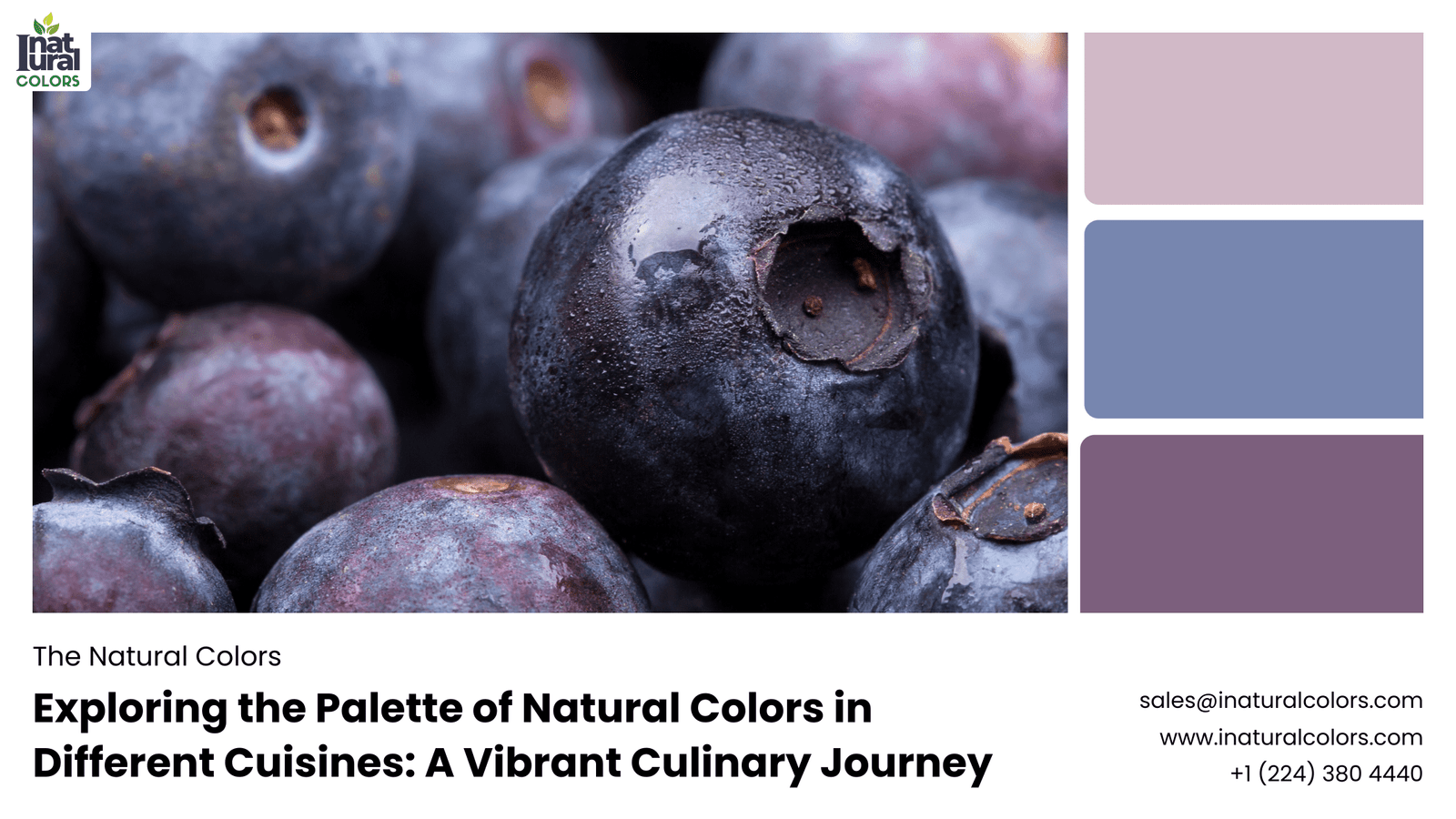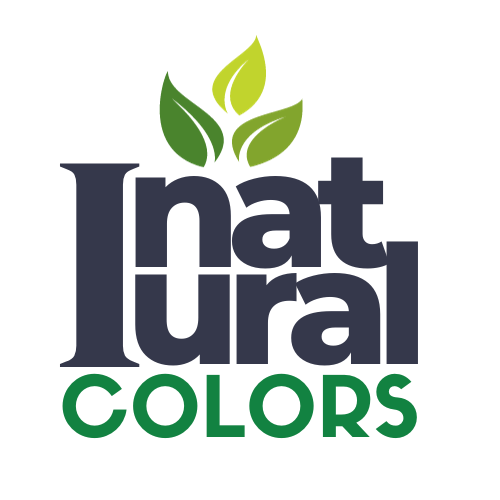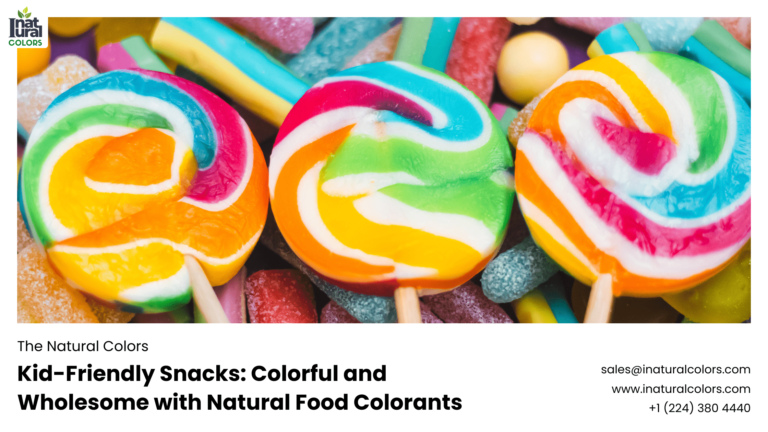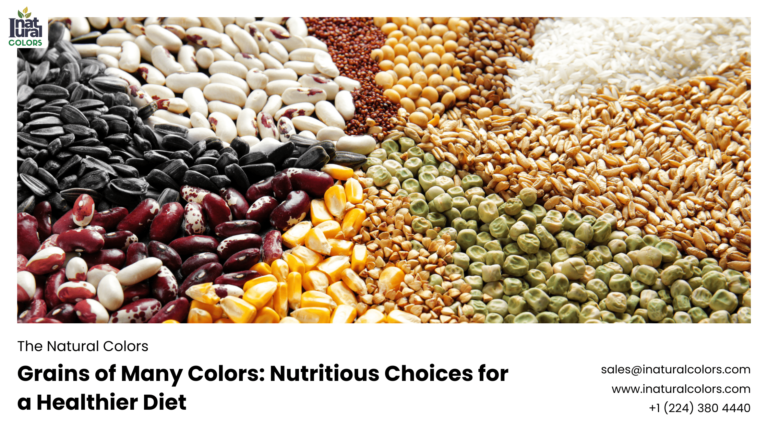Beautiful Plants For Your Interior

Natural Colors in Cuisines – Introduction
When it comes to food, we often eat with our eyes first. The vibrant hues on our plates are not just for aesthetic pleasure; they also tell a story of culture, nutrition, and nature’s bounty. The trend towards natural food colors is not only a nod to health-conscious choices but also a celebration of culinary traditions worldwide. Let’s embark on a colorful journey through different cuisines to understand how natural hues bring dishes to life.
Natural Food Colors: An Overview
What Are Natural Food Colors?
Natural food colors are derived from plant, animal, or mineral sources without synthetic additives. These colors are extracted using various methods, such as pressing, drying, or boiling, and are used to enhance the visual appeal of food naturally.
Benefits of Using Natural Food Colors
Using natural food colors has several benefits. They are often free from harmful chemicals, provide additional nutrients, and can offer unique flavors. Moreover, they align with the growing consumer demand for clean-label products.
Red and Pink Hues
Beetroot in European Cuisines
Beetroot is a popular natural coloring agent in European dishes. Its vibrant red pigment is used in borscht, a traditional Eastern European soup, and in various salads and desserts, providing not just color but a sweet, earthy flavor.
Annatto in Latin American Dishes
Annatto seeds are widely used in Latin American cuisine for their rich orange-red color. They are essential in dishes like Mexican achiote paste and Venezuelan hallacas, offering both a distinctive color and a subtle peppery flavor.
Hibiscus in African and Caribbean Foods
Hibiscus flowers impart a deep red color and a tart flavor to beverages and desserts in African and Caribbean cuisines. Drinks like Jamaica in Mexico and bissap in West Africa are refreshing examples.
Orange and Yellow Tones
Turmeric in Indian Cuisine
Turmeric, with its bright yellow color, is a staple in Indian cooking. It’s used in curries, rice dishes, and even teas. Beyond its color, turmeric is prized for its health benefits, particularly its anti-inflammatory properties.
Saffron in Mediterranean and Middle Eastern Dishes
Saffron, the world’s most expensive spice, gives a golden hue to dishes like Spanish paella and Iranian saffron rice. Its delicate flavor and aroma make it a treasured ingredient in these regions.
Carrot and Paprika in Global Recipes
Carrots and paprika are versatile sources of orange color used in various cuisines. Carrots add sweetness and color to soups and stews, while paprika provides a smoky flavor to Hungarian goulash and Spanish chorizo.
Green Shades
Spinach and Kale in Western Cooking
Spinach and kale are not just nutritious greens; they are also used as natural colorants in pasta, smoothies, and baked goods. Their chlorophyll content gives a vibrant green hue, enhancing both the visual and nutritional value of dishes.
Matcha and Pandan in Asian Desserts
Matcha, a finely ground green tea powder, and pandan, a fragrant tropical leaf, are key to the green shades in Asian desserts. Matcha provides a rich, earthy flavor to sweets like mochi, while pandan adds a vanilla-like aroma to cakes and jellies.
Herbs and Microgreens in Modern Gastronomy
Fresh herbs like basil, parsley, and microgreens are used to garnish dishes, adding a pop of green and a burst of flavor. They are staples in modern gastronomy, promoting health and culinary artistry.
Blue and Purple Colors
Butterfly Pea Flower in Southeast Asian Drinks
Butterfly pea flower is renowned for its vibrant blue color, which turns purple when mixed with acidic ingredients like lemon juice. It’s used in Southeast Asian drinks and desserts, offering both visual appeal and antioxidant benefits.
Blue Corn in Native American Cuisine
Blue corn, rich in anthocyanins, is a traditional ingredient in Native American dishes like tortillas and tamales. Its unique color and nutty flavor make it a cherished crop.
Purple Sweet Potato in East Asian Recipes
Purple sweet potatoes are common in East Asian cooking, used in everything from soups to desserts. Their vivid color and sweet taste are perfect for creating visually stunning and delicious dishes.
Brown and Earthy Tints
Cocoa and Coffee in Latin American Treats
Cocoa and coffee are not only popular beverages but also key ingredients in Latin American desserts. From chocolate cakes to coffee-flavored pastries, these natural colorants add rich brown hues and complex flavors.
Black Garlic in Korean Dishes
Black garlic, known for its deep color and sweet, umami flavor, is a prized ingredient in Korean cuisine. It’s often used in sauces, marinades, and even as a condiment.
Chestnut and Mushrooms in European Cooking
Chestnuts and mushrooms bring earthy tones to European dishes. Chestnut purée is used in desserts, while mushrooms are a staple in soups, stews, and sauces, offering a rich, savory flavor.
White and Neutral Hues
Coconut and Cashew in Tropical Cuisines
Coconut and cashew add creamy textures and subtle flavors to tropical dishes. Coconut milk and cashew cream are popular in Southeast Asian and Caribbean recipes, providing a neutral backdrop for other vibrant colors.
Cauliflower and Almond in Vegan Recipes
Cauliflower and almond are versatile ingredients in vegan cooking, used to create dairy-free cheeses, sauces, and even pizza crusts. Their neutral color allows them to blend seamlessly into various dishes.
Dairy and Grains in Traditional European Foods
Dairy products like milk, cream, and cheese, along with grains like rice and oats, are fundamental to many traditional European dishes. They provide a base color and texture, allowing other ingredients to shine.
Black and Dark Colors
Squid Ink in Mediterranean Cooking
Squid ink is used in Mediterranean dishes like Italian pasta and Spanish paella, giving them a dramatic black color and a unique briny flavor.
Black Sesame in Asian Sweets
Black sesame seeds add a nutty flavor and deep color to Asian desserts like mochi, ice cream, and cakes. They are also used as a garnish for both savory and sweet dishes.
Activated Charcoal in Modern Fusion Dishes
Activated charcoal is a trendy ingredient in modern fusion cuisine, used to color everything from burgers to ice cream black. It’s popular for its detoxifying properties and striking appearance.
Combining Colors in Cuisine
Visual Appeal and Plate Presentation
Combining different natural colors can make a dish more visually appealing. Chefs use this technique to create stunning plate presentations that entice the eyes before the first bite.
Nutritional Synergy of Natural Colors
Each color often represents different nutrients. Combining them not only enhances the visual appeal but also ensures a balanced intake of vitamins and antioxidants, promoting overall health.
Cultural Significance of Food Colors
Symbolism and Traditions
Colors hold cultural significance in many cuisines. For example, red is often associated with good luck in Chinese culture, while green symbolizes freshness and health in Western societies.
Festive and Ritualistic Uses
Natural food colors are integral to festive and ritualistic dishes. Think of the vibrant hues in Indian festival foods or the colorful Easter eggs in Christian traditions, each color adding meaning and joy to celebrations.
Health Benefits of Natural Food Colors
Antioxidant Properties
Many natural food colors are rich in antioxidants, which help combat free radicals in the body. Ingredients like blueberries, spinach, and turmeric are well-known for their health-boosting properties.
Anti-inflammatory and Healing Effects
Natural colors like those from turmeric, ginger, and green tea have anti-inflammatory properties, aiding in the prevention and management of various health conditions.
Challenges and Solutions in Using Natural Colors
Stability and Shelf Life
One of the challenges with natural food colors is their stability. They can fade or change color over time. Using natural preservatives or proper storage methods can help maintain their vibrancy.
Extraction and Preparation Methods
Extracting and preparing natural colors can be labor-intensive. However, modern techniques and equipment have made it easier for home cooks and chefs to incorporate these colors into their dishes.
Future Trends in Natural Food Coloring
Innovation in Culinary Arts
The future of natural food coloring is bright, with chefs and food scientists constantly innovating. From new extraction methods to creating multi-colored dishes, the possibilities are endless.
Sustainability and Ethical Sourcing
There’s a growing emphasis on sustainability and ethical sourcing of natural food colors. Ensuring that ingredients are harvested responsibly and support local communities is becoming a priority.
Conclusion
The palette of natural colors in different cuisines is not just about making food look good; it’s a celebration of culture, health, and the artistry of cooking. By exploring and experimenting with these natural hues, we can create dishes that are as nutritious as they are beautiful.
FAQs
What Are the Most Common Natural Food Colors?
The most common natural food colors include beetroot (red), turmeric (yellow), spinach (green), butterfly pea flower (blue), and cocoa (brown).
How Can I Use Natural Colors in Everyday Cooking?
You can use natural colors by incorporating colorful fruits, vegetables, and spices into your dishes. For example, use turmeric for yellow rice, beetroot for red smoothies, and spinach for green pasta.
Are Natural Food Colors Safe for Everyone?
Generally, natural food colors are safe for most people. However, individuals with specific allergies or sensitivities should be cautious and consult with a healthcare professional if needed.
Do Natural Food Colors Affect the Taste of Dishes?
Natural food colors can affect the taste of dishes. For instance, turmeric adds an earthy flavor, while beetroot adds a sweet, earthy taste. It’s essential to balance the colors and flavors to achieve the desired outcome.
Where Can I Buy Natural Food Colorings?
Natural food colorings can be found in health food stores, specialty grocery stores, and online retailers. Look for products that are labeled as natural and free from synthetic additives.



